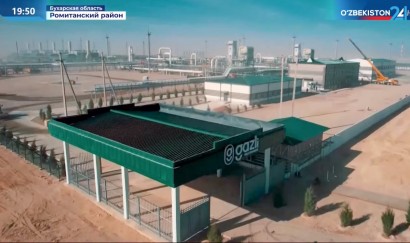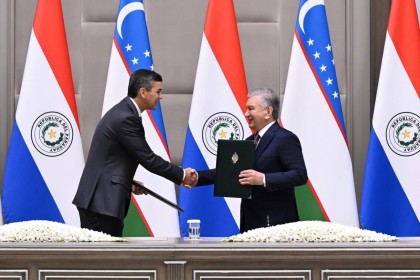Tashkent Police Department is analyzing the world experience of vahicles speed limits in urban areas, the deputy Interior Minister/chief of the Tashkent police department Rustam Juraev, appointed to this post in mid-February, said at the first open dialogue with journalists on Saturday.
Answering a question about the likelihood of reduction of the speed limit allowed in urban areas, Rustam Juraev said: "We have studied the world experience. In 29 European countries speed limit is 50 km/h, in London - 48 km/h. There are few countries in the world where the speed limit is 70 km/h, as in Uzbekistan”.
In many countries of the former Soviet Union - Russia, Kazakhstan, Armenia, Georgia, Azerbaijan - the maximum speed in urban areas is 60 km/h. Ukraine as of January 1, as one of the measures aimed at reducing road fatalities, reduced the speed limit from 60 to 50 km/h, he added.
"What difference will a 10 km/h decrease make?. At 60 km/h the stopping distance is much less, by 12 m compared to 70 km/h on dry asphalt," the deputy minister stressed. He added that the higher the speed is, the worse a driver's reaction is.
According to the World Health Organization (WHO), An increase in average speed is directly related both to the likelihood of a crash occurring and to the severity of the consequences of the crash. For example, an increase of 1 km/h in mean vehicle speed results in an increase of 3% in the incidence of crashes resulting in injury and an increase of 4–5% in the incidence of fatal crashes.
WHO notes that he design of roads can have a considerable impact on their safety. Ideally, roads should be designed keeping in mind the safety of all road users. This would mean making sure that there are adequate facilities for pedestrians, cyclists, and motorcyclists. Measures such as footpaths, cycling lanes, safe crossing points, and other traffic calming measures can be critical to reducing the risk of injury among these road users.















